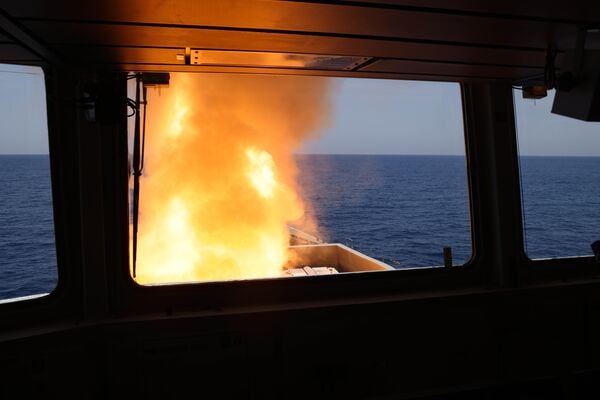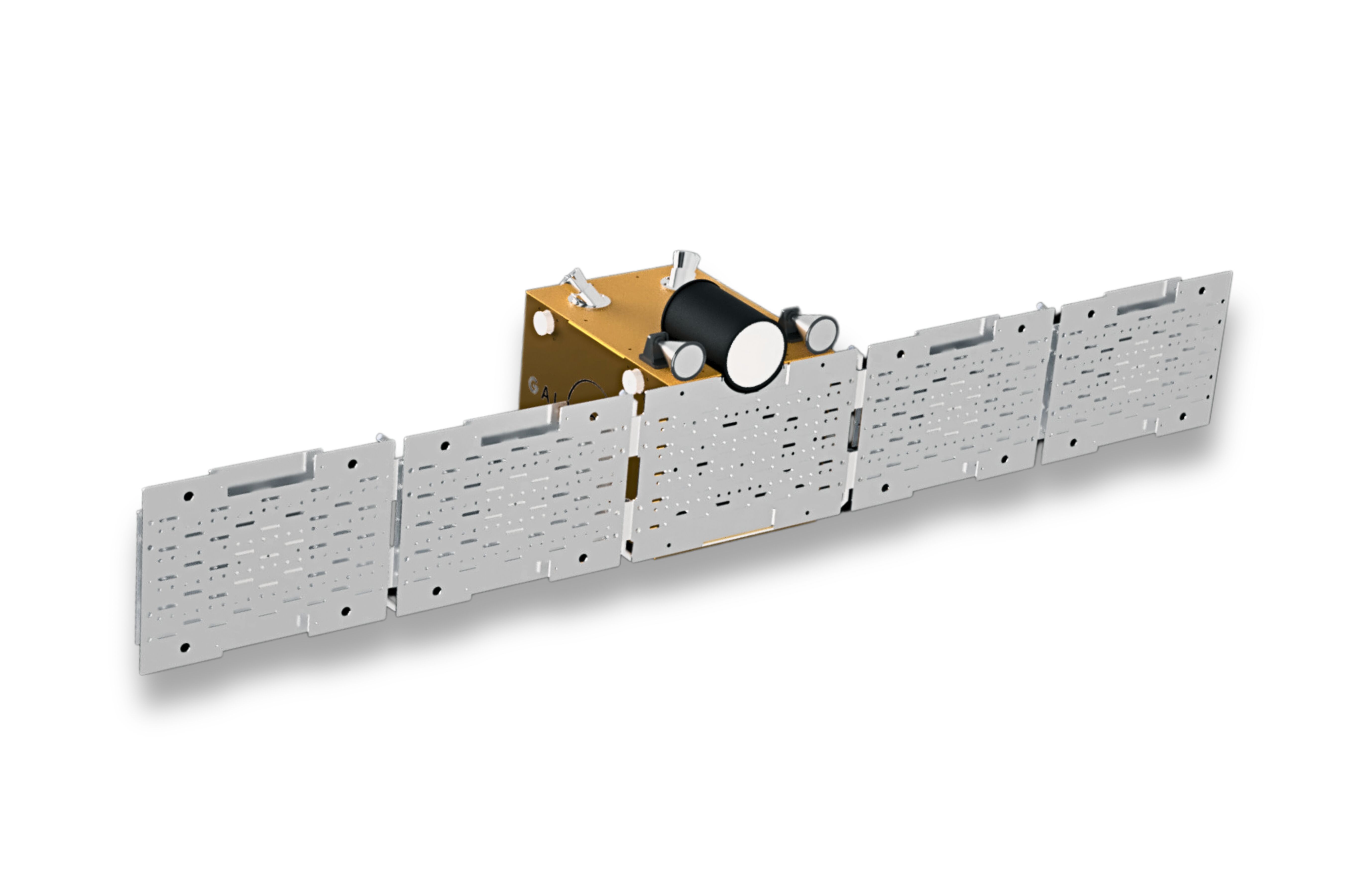- About
- Intara
- Capabilities
- Advisory
- Resources
- News
- Store
NATO leaders extend Article 5 mutual defence clause to space domain
17 June 2021
by Brooks Tigner
NATO leaders have thrown down the gauntlet to protect their newest operational domain, warning adversaries that any attacks against allied space assets that threaten the Euro-Atlantic region's security or prosperity will risk triggering Article 5, the 1949 North Atlantic Treaty's mutual defence clause.

At the press conference after NATO's Brussels summit on 14 June, Secretary General Jens Stoltenberg expressed the alliance's determination “to defend itself in space as effectively as we do in all other domains: land, sea, air, and cyber”. (NATO)
Meeting in Brussels on 14 June, the leaders announced that attacks “to, from, or within” space could be “as harmful to modern societies as a conventional attack”, leading to the article's possible invocation.
As NATO Secretary General Jens Stoltenberg said after the leaders' summit, “NATO is determined to defend itself in space as effectively as we do in all other domains: land, sea, air, and cyber.”
Allied sources said that Article 5's tripwire would extend to all the NATO countries' space assets, whether in orbit or on the ground, whether within or beyond the geography of their collective home territory.
HMS Diamond shoots down Houthi missile in Red Sea
26 April 2024
by Kate Tringham


HMS Diamond shoots down a missile fired by Iranian-backed Houthis from Yemen over the Gulf of Aden using its Sea Viper missile system – the first time a Royal Navy warship has intercepted a missile in combat since 1991. (Royal Navy/Crown Copyright)
The UK Royal Navy's (RN's) Daring (Type 45)-class destroyer HMS Diamond (D 34) has successfully engaged an anti-ship ballistic missile (ASBM) launched by Yemen-based Ansar Allah (commonly known as Houthi) rebels targeting a merchant ship in the Gulf of Aden, the service confirmed on 25 April.
During the incident, which took place around 1151 h local time (Sanaa time) on 24 April, Diamond used its Sea Viper anti-air guided weapon system to shoot down the missile, the navy said. According to a US Central Command (CENTCOM) statement issued on 25 April, the missile was likely targeting the US-flagged, owned, and operated merchant vessel MV Yorktown, which has 18 US and four Greek crew members onboard.
No injuries or damage was sustained by the ship or its crew, CENTCOM said.
Diamond
India's GalaxEye developing satellite with multiple sensors for Earth observation
25 April 2024
by Oishee Majumdar


A computer-aided design model of the satellite that GalaxEye Space is developing to conduct Earth observation for defence forces. The satellite will be equipped with SAR and EO sensor for enhanced surveillance. (GalaxEye Space)
Bangalore-based GalaxEye Space is developing a satellite that can carry multiple sensors for Earth observation to support the requirements of the Indian Armed Forces.
Speaking to Janes at the Indian DefSpace Symposium 2024 held in Delhi from 18 to 20 April, Deb Jyoti Pal, senior vice-president of business development at GalaxEye said the company is planning to launch the satellite into space in early 2025 for evaluation.
This low Earth observation (LEO) satellite will host an electro-optic (EO) sensor, and a synthetic aperture radar (SAR) with both sensors capturing data simultaneously to provide a more holistic view of strategic areas of interest, Pal added.
“The SAR sensor can capture data in day and night, and in any weather condition including in foggy or cloudy environment. EO sensors are not able to do this. On the other hand, SAR data can be difficult to interpret. This is where EO data can benefit a user,” Pal said.
USN secretary calls for increased immigration to augment US shipbuilding labour
24 April 2024
by Michael Fabey


US Secretary of the Navy Carlos Del Toro said the country needs more blue-collar workers to meet navy shipbuilding needs at yards like Newport News Shipbuilding, shown here. (Janes/Michael Fabey)
To address the shortage of workers needed to build the number of ships needed to meet US Navy (USN) fleet plans, the country should seek to bring in more legal immigrants from foreign shores, according to US Secretary of the Navy Carlos Del Toro.
While acknowledging the impact of Covid-related issues on USN shipbuilding schedules on 23 April during an event at the Stimson Center, Del Toro said, “The bigger problem is the lack of blue-collar workers.”
Del Toro called on US lawmakers to “increase the amount of legal immigration” and work visas for potential shipbuilding work to come into country, despite the political divisions preventing such bipartisanship.
“We need to open up the spigot on legal immigration and allow blue-collar works to come here,” he said.
He underscored the need for retraining the new workforce for shipyard trades needed to build USN ships.
NATO leaders have thrown down the gauntlet to protect their newest operational domain, warning adver...
Latest Podcasts
Iran Israel analysis
In this podcast Janes analysts discuss the Iranian attacks on Israel on the 14 April. They highlight the military systems used by Iran and the performance and impact of these on Israel. They also discuss the implications of this attack goi...
Listen nowJanes Case Studies
Using Janes Intara to build a common intelligence picture: Russian build up on the Ukrainian border
View Case StudyNews Categories
 Security Details
Security Details